4-METHYL-2-PENTENOIC ACID
- CAS NO.:10321-71-8
- Empirical Formula: C6H10O2
- Molecular Weight: 114.14
- MDL number: MFCD00043804
- EINECS: 233-706-4
- SAFETY DATA SHEET (SDS)
- Update Date: 2024-12-18 14:08:57
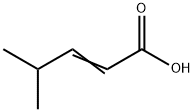
What is 4-METHYL-2-PENTENOIC ACID?
Chemical properties
clear yellow liquid
Chemical properties
Colorless liquid; fatty fruity aroma.
Occurrence
Reported found in black tea.
The Uses of 4-METHYL-2-PENTENOIC ACID
4-Methyl-2-pentenoic Acid is useful in the development of photosensitive resin held to obtain an epoxy resin having a maleimide structure.
Definition
ChEBI: 4-Methyl-2-pentenoic acid is a methyl-branched fatty acid.
Properties of 4-METHYL-2-PENTENOIC ACID
| Melting point: | 35°C |
| Boiling point: | 108 °C (15 mmHg) |
| Density | 0,955 g/cm3 |
| refractive index | 1.447-1.449 |
| FEMA | 4180 | 4-METHYLPENT-2-ENOIC ACID |
| Flash point: | >100°(212°F) |
| storage temp. | Refrigerator |
| form | clear liquid |
| pka | pK1:4.70 (25°C) |
| color | Colorless to Light yellow to Light orange |
| Odor | at 1.00 % in propylene glycol. fatty fruity black tea |
| Water Solubility | Slightly soluble in water. Soluble in acetone, ether, ethanol. |
| JECFA Number | 1818 |
| CAS DataBase Reference | 10321-71-8(CAS DataBase Reference) |
| EPA Substance Registry System | 2-Pentenoic acid, 4-methyl- (10321-71-8) |
Safety information for 4-METHYL-2-PENTENOIC ACID
| Signal word | Danger |
| Pictogram(s) |
 Corrosion Corrosives GHS05 |
| GHS Hazard Statements |
H314:Skin corrosion/irritation H318:Serious eye damage/eye irritation |
| Precautionary Statement Codes |
P301+P330+P331:IF SWALLOWED: Rinse mouth. Do NOT induce vomiting. P303+P361+P353:IF ON SKIN (or hair): Remove/Take off Immediately all contaminated clothing. Rinse SKIN with water/shower. P305+P351+P338:IF IN EYES: Rinse cautiously with water for several minutes. Remove contact lenses, if present and easy to do. Continuerinsing. P405:Store locked up. |
Computed Descriptors for 4-METHYL-2-PENTENOIC ACID
New Products
4-Fluorophenylacetic acid 4-Methylphenylacetic acid N-Boc-D-alaninol N-BOC-D/L-ALANINOL Tert-butyl bis(2-chloroethyl)carbamate 3-Morpholino-1-(4-nitrophenyl)-5,6-dihydropyridin- 2(1H)-one Furan-2,5-Dicarboxylic Acid Tropic acid S-2-CHLORO PROPIONIC ACID ETHYL ISOCYANOACETATE 2-Bromo-1,3-Bis(Dimethylamino)Trimethinium Hexafluorophosphate (6-METHYL-[1,3]DITHIOLO[4,5-b]QUINOXALIN-2-ONE INDAZOLE-3-CARBOXYLIC ACID 4-IODO BENZOIC ACID (2-Hydroxyphenyl)acetonitrile 4-Bromopyrazole 5,6-Dimethoxyindanone 2-(Cyanocyclohexyl)acetic acid 4-methoxy-3,5-dinitropyridine 2-aminopropyl benzoate hydrochloride 1-(4-(aminomethyl)benzyl)urea hydrochloride diethyl 2-(2-((tertbutoxycarbonyl)amino) ethyl)malonate tert-butyl 4- (ureidomethyl)benzylcarbamate Ethyl-2-chloro((4-methoxyphenyl)hydrazono)acetateRelated products of tetrahydrofuran
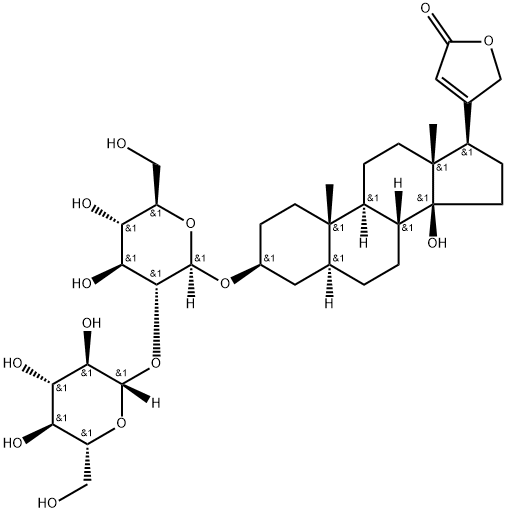
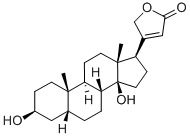
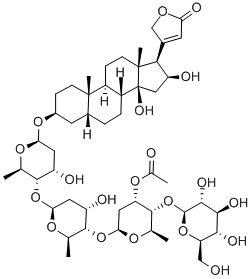

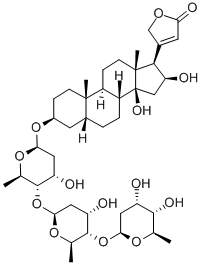
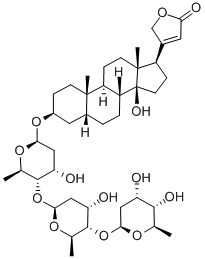
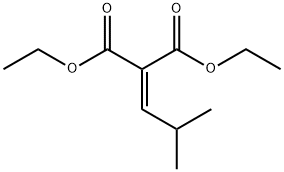
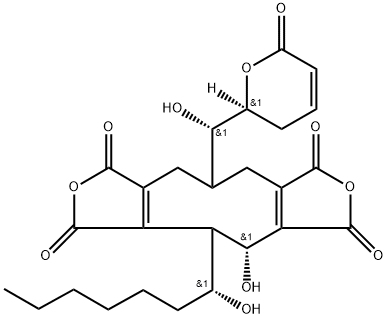
You may like
-
 4-Methyl-2-pentenoic Acid (stabilized with HQ) CAS 10321-71-8View Details
4-Methyl-2-pentenoic Acid (stabilized with HQ) CAS 10321-71-8View Details
10321-71-8 -
 2033-24-1 98%View Details
2033-24-1 98%View Details
2033-24-1 -
 1975-50-4 98%View Details
1975-50-4 98%View Details
1975-50-4 -
 2-HYDROXY BENZYL ALCOHOL 98%View Details
2-HYDROXY BENZYL ALCOHOL 98%View Details
90-01-7 -
 2-Chloro-1,3-Bis(Dimethylamino)Trimethinium Hexafluorophosphate 221615-75-4 98%View Details
2-Chloro-1,3-Bis(Dimethylamino)Trimethinium Hexafluorophosphate 221615-75-4 98%View Details
221615-75-4 -
 61397-56-6 CIS BROMO BENZOATE 98%View Details
61397-56-6 CIS BROMO BENZOATE 98%View Details
61397-56-6 -
 14714-50-2 (2-Hydroxyphenyl)acetonitrile 98+View Details
14714-50-2 (2-Hydroxyphenyl)acetonitrile 98+View Details
14714-50-2 -
 118753-70-1 98+View Details
118753-70-1 98+View Details
118753-70-1
Statement: All products displayed on this website are only used for non medical purposes such as industrial applications or scientific research, and cannot be used for clinical diagnosis or treatment of humans or animals. They are not medicinal or edible.